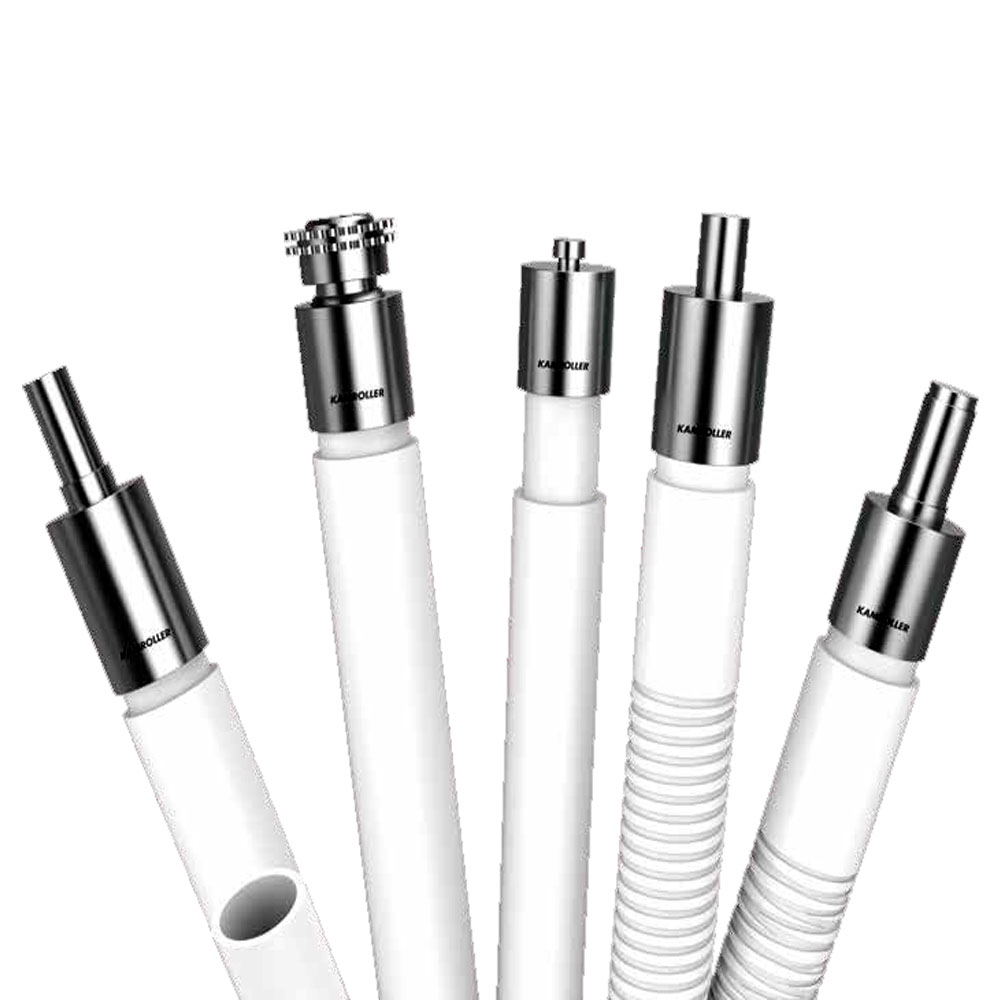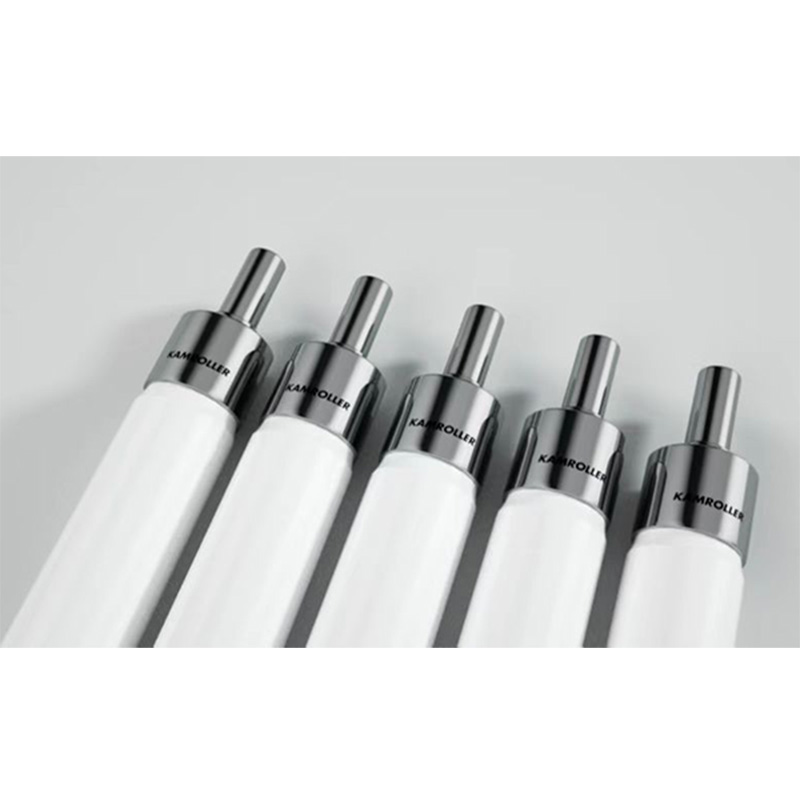Fused Silica Price Guide: Understanding Costs & Best Value
2024.06.28администратор

Get To Know about Fused Silica Price: Detailed Overview
Fused silica or fused quartz is the term used to describe this very versatile material that is famous for its exceptional optical, chemical, and thermal properties. Due to such properties, it has applications in various industries, for instance, полупроводници, слънчева енергия, lasers, and research. Among the most popular questions regarding fused silica, the fused silica price is one of the most topical ones. This article describes the applications of fused silica and the corresponding costs, the factors affecting the price, and tips on how to obtain the best deal for your fused silica needs.
Factors Influencing Fused Silica Prices:
Fused silica price is determined by several factors, such as:
- Form and Size:
Fused silica is generally supplied in different types of forms and sizes including powders and granules which are used as raw materials and on the other hand, there are sheets, tubes, rods, and crucibles which are considered as the final products. Larger and more complex forms are usually more expensive because more material has to be used and more work is needed.
- Grade:
Fused silica has different types which differ in the level of dopants and the level of purity that defines the physical and optical properties of the material. As for the price, the higher purity grades of materials, for example, those used in UV applications, have a higher price tag.
- Thickness:
This factor is directly proportional to the thickness, especially for sheets and plates. Besides needing more material, thick fused silica may demand a special process in the production line.
- Surface Finish:
This is due to factors such as the kind of surface finish that the user may require, for example, a polished one or an ultra polished one. Higher polish levels require other more processing steps which increase the cost.
- Customization:
On account of the fact that machining and shaping are required, specially ordered fused silica components like lenses or prisms are charged extra.
Silica Applications and Pricing Considerations
Fused silica prices are also affected by the specific use of the product. A summary of several popular applications and their associated costs is shown below:
- Laser Optics:
Due to the high UV transmission and laser damage threshold, fused silica is the most commonly used material in laser components. The cost depends on the dimensions, features of the shape, and surface finish of each part of the product. For instance, there are lenses that are relatively cheaper than the high-precision laser windows with the best surface finish.
- Solar Cells:
Production of solar cells involves the use of fused silica crucibles. In this case, the price is affected by parameters including the size of the crucible, the standards of purity in the control of contaminations, and the thermodynamic stability in high-temperature operations.
- Semiconductors:
Due to its low coefficient of thermal expansion and good dimensional stability, fused silica is used in semiconductor lithography. Semiconductor-grade fused silica is used where very high purity and very close dimensional control is needed and thus costs more.
- Labware:
Така, the beakers, flasks, and tubes made of fused silica are in demand in labs due to their high temperature and chemical-resistant properties. The quantity and the type of labware required as well as the specific characteristics of the planned experiment are the factors that influence the pricing of the labware.
Additional Considerations: Minimum Order Quantity (MOQ) and Lead Time
- Minimum Order Quantity (MOQ):
Most of the time, fused silica vendors use MOQ as a strategy to meet manufacturing costs. There can be a premium for smaller quantities as well.
- Lead Time:
Понякога, there may be a certain time gap between the time of placing an order and obtaining the final product, which depends on the complexity of the fused silica part and the level of order backlog. There may be a need to expedite the processing due to necessity and this may lead to incurring of more costs.

Mastering the Art of Fused Silica Purchase: Getting the Best Value:
Due to the numerous excellent properties that it possesses, fused silica is widely used in different fields. Here’s how to make sure your demands for fused silica are met with the greatest possible value:
- Know Your Needs:
Be very sure of what you want to achieve before you begin to do it. Provide information like the dimension (diameter, thickness), the grade (the degree of purity), the surface finish (polished or super-polished), and the form of the product (sheet, tube, and so on). The vendors can be able to give an accurate quotation of the costs required if a clear image is available.
- Accept Comparison Shopping:
Never grab the first quote that is provided to you! It is recommended to get competitive quotes from many reliable sources of fused silica. This way you can ensure that you are getting the best price for the part as well as the shortest lead time.
- The Power of Volume:
If you require in large quantities, you should ask your supplier for bulk discounts. This strategy can help in reducing the cost per unit greatly, especially when the items to be bought are in large quantities.
- Examining substitutes:
Therefore, not every application needs premium fused silica. When its characteristics are sufficient take into consideration less expensive options such as borosilicate glass. Ensure that the substitute, however, meets the performance characteristics of your application system.
- Recall That Customization Is Cost:
Fused silica components that are produced to order are such items as lenses or complex shapes and require further refinement and working which is costly. Eliminate options that meet your functional needs and which would require the least amount of changes.
- Beyond pricing:
Pricing is a major factor but you should not only look at the price to pay. Some of the factors may include the credibility of the provider, how the provider ensures the quality of the service provided, and the amount of support offered after the service has been provided. In the long run, a reliable source of highly effective items will help you avoid troubles and ensure the durability of the components you use. To get high precision and totally customized fused silica parts and components, please visit the page of our custom machined parts.
Partnering with the Right Manufacturer, Kamroller:
Choose a competent partner with reasonable prices and efficient ways of working. Inquire on whether we are able to offer you a discount on the quantity of the order as well as their ability to source reasonably raw materials. It is, therefore, possible to use fused silica in your industrial applications while at the same time ensure that you do not exceed your budget by applying the following tips. Remember, the most efficient approach depends on the specific application and requires a careful analysis of the customer’s needs and an assessment of the performance ratio for fused silica price.
Fused Silica: A Material with Unmatched Benefits
Fused silica or commonly known as fused quartz is not like the normal glass that we use. This high-performance material has always been popular owing to some peculiarities that make it superior in numerous spheres. Now let’s explore the amazing advantages that make fused silica such a powerful material:
- Unmatched Optical Clarity:
Fused silica glass is nearly transparent to ultraviolet through infrared light. For use in lenses, windows, and prisms it is ideal since it ensures that there are no distortions in the light transmission for visual examinations or laser operations.
- Thermal Resilience:
In high temperatures, fused silica works very well. Due to its excellent stability at high temperatures and minimal deformation and cracking it finds use in furnace viewing windows, crucibles for handling molten metals and alloys, and in semiconductor manufacturing.
- Chemical Inertness:
Fused silica is chemically very inert and can be easily used with a wide range of materials. This makes it suitable for components that are to be incorporated in hostile industrial environments, analytical tools used in laboratories as well as equipment that is used in chemical processing plants.
- Dimensional Stability:
Fused silica is also not affected by temperature changes to the extent of other materials, it maintains its shape. Fields like as optical mirrors, telescope components, and high-accuracy scientific equipment are benefited from this characteristic.
- High Electrical Resistivity:
Fused silica does not permit the flow of electrical current through it making it an effective insulator. It is useful for electrical parts, high-voltage devices, and any application that requires electrical insulation due to this property.
Properties of fused silica:
From the description that you have given it seems that you are describing a substance that has a particular combination of properties. Here is an illustration of a substance that satisfies these requirements:
- Transparency:
Good transmission in the visible and near ultraviolet (UV) regions is obtained. Due to the high UV transmission property, fused silica can be used in photolithography and ultraviolet optics.
- Thermal Stability:
Thermal stability is the ability of a material to withstand temperatures of up to 1000°C or even higher without going through a phase change or deformation. In high-temperature conditions fused silica is crucial due to its high melting point of about 1650ºC and its stability in high temperatures.
- Low Thermal Expansion:
Due to the low coefficient of thermal expansion, this material is suitable for applications in which stability in dimensions over a wide range of temperatures is desired. Fused silica is characterized by a very low thermal expansion coefficient, which provides stability of the linear dimensions at various temperatures.
Заключение:
We have adopted quality production procedures in order to provide value-for-money solutions and we give bulk order discounts. The ГЪРБИЧНИ РОЛЕРИ team knows all about the uses of fused silica and can recommend the right material and save on your costs. Let us jump straight into how fused silica can benefit you and your projects. Phone us today for a quote!
Прочетете повече: Fused Silica Raw Material: The Ultra-Pure Powerhouse for Diverse Industries


